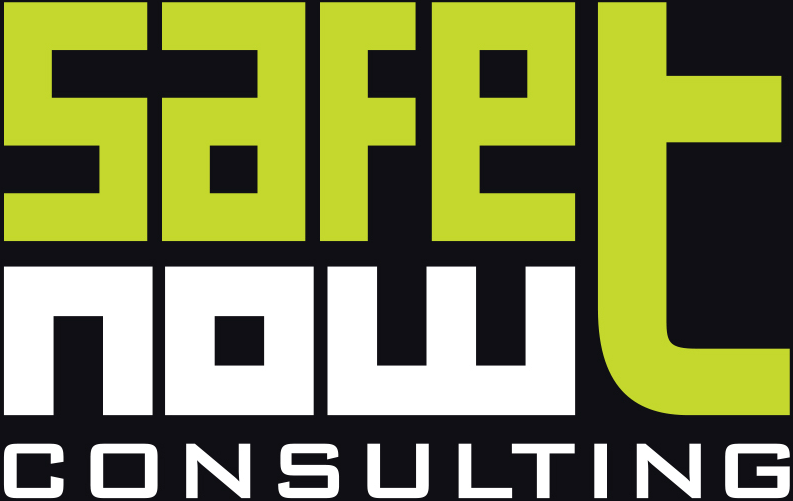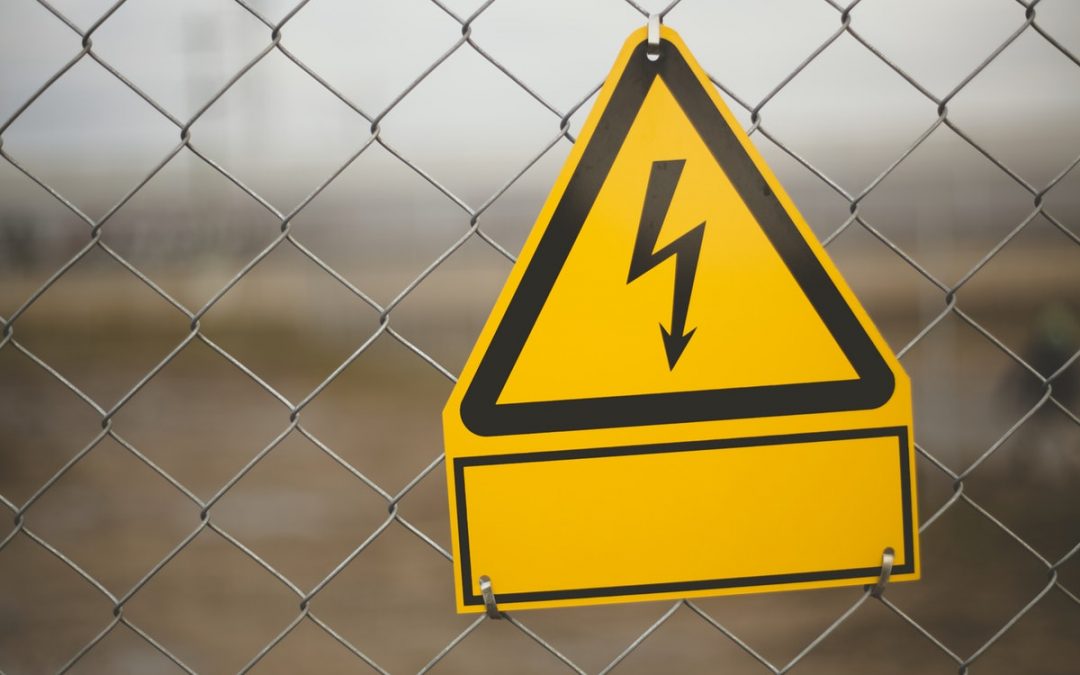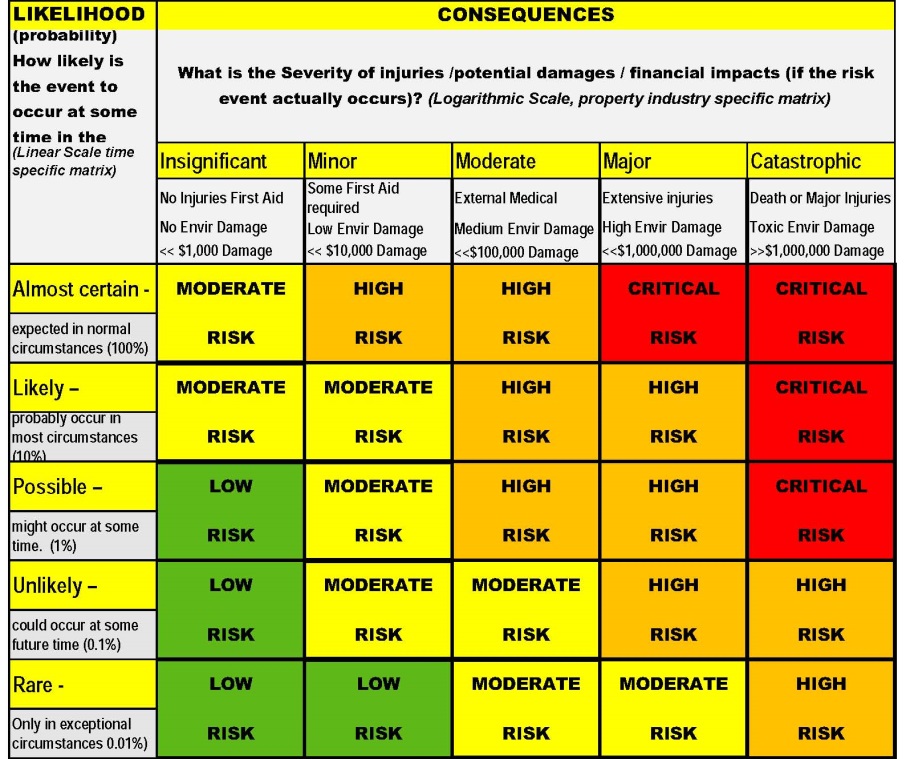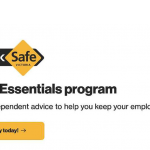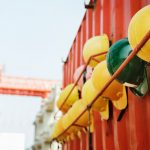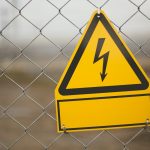Health and Safety legislation imposes a primary duty on employers to provide and maintain a workplace that is safe and without risk to health so far as is reasonably practicable. This duty is broad, but it requires a business to have a clear understanding of the hazards that exist due to its operations. But, what hazards do we focus on? Do we focus on those which result in common incidents such as slips and trips, cuts, manual handling? Absolutely, but it is absolutely imperative that a business has clear oversight of hazards which have the potential cause a catastrophic outcome. This article will explore some of these high consequence or catastrophic hazards as well as the systems, training and auditing processes that are required to mitigate the risk associated with these hazards.
Before we commence, let’s revisit some key definitions:
When we strip health and safety risk management back to its most basic definitions, it is clear where our focus must be. Firstly, a hazard is a situation or thing that has the potential to cause injury, illness or damage to a person, plant or property. Risk is the possibility/probability that harm (injury, illness or death) may eventuate when exposed to a hazard. If we examine the risk matrix below, those hazards which have the potential to cause a moderate, major or catastrophic outcome must have priority over hazards which may result in an insignificant or minor outcome. A catastrophic outcome regardless of the likelihood of occurrence is not good.
So, let’s explore high consequence (major or catastrophic) hazards in greater detail, including the systems, training and auditing/review systems that must be established to mitigate the risk associated with such hazards.
High consequence hazards
High consequence hazards are those which have the potential to cause death or extensive injury. Examples include (but are not limited to):
- Entanglement, entrapment, cutting, crushing hazards associated with the operation of plant;
- Impact and crushing hazards associated with the operation of mobile plant (i.e. Industrial forklift truck, skid-steer loader, excavator, backhoe, boom type elevating work platform);
- Hazardous energy sources including electrical, mechanical, hydraulic, pneumatic, chemical, thermal, or other sources in machines and equipment that can be hazardous to workers;
- Entry into a confined space;
- Work at height/risk of a fall from one level to another;
- Hazardous Substances/Dangerous Goods
An additional hazard to add to this list is the management of contractors.
Now let’s review the steps that are required to manage these hazards
Step 1 – Develop a Health and Safety Risk Register
The following detail should be recorded on the Health and Safety Risk Register:
- An identification number (i.e. ID #1 or 17-01 (year and item number));
- A hazard category (i.e. plant, mobile plant, hazardous energy, hazardous chemicals/dangerous goods);
- An item description (i.e. a brief description of the hazard);
- An initial risk rating. Risk is most commonly quantified via the use of a risk matrix such as ISO31000 (2009): Risk Management – Principles and Guidelines. Using this matrix, risk is quantified in terms of likelihood of occurrence and seriousness of impact or consequence. A risk rating (extreme, high, medium or low) is then assigned to each hazard listed on the register which enables the prioritisation of action according to the level of risk.
- Detailed Risk Control actions that shall be taken to mitigate the risk in accordance with the risk control hierarchy (elimination, substitution, engineering/isolation, administration, training/personal protective equipment).
*Tip: Consideration should be given to the establishment of short (administrative/procedural based controls), medium (engineering based controls) and longer term actions (elimination/engineering/isolation based controls) when assigning risk control actions.
- Each item on the register must be assigned a date of commencement. Control methods must be established with a sense of urgency, especially for high consequence risk items;
- Each item on the register should be assigned a residual risk score. The residual risk score (extreme, high, medium, low) is the risk rating assigned to an item following the implementation of a risk control;
- Each item on the register must be assigned a proposed date of completion. Specific dates of proposed item completion must be assigned and these dates must be realistic to achieve.
Step 2 – Establish a strategy to manage the hazards listed on the Health and Safety Risk Register
Once a Health and Safety Risk Register has been established, a business must establish a strategy (or review their current strategy) to manage high consequence risk. How is this achieved?
- The business must have clear organisational safety responsibilities and accountabilities assigned from the Board of Directors to Executive Management to Operational and Line Management teams;
- Board of Directors (if present) – must have clear oversight of items such as the methods by which high consequence risk is being controlled
- Executive Management must:
- Establish a clear safety plan that prioritizes safety action according to risk priority (extreme, high, medium, low);
- Establish systems (i.e. policies and procedures) to mitigate the risk associated with high consequence risk including:
- Risk assessments for all high consequence risk operations (including infrastructure based risk such as plant/equipment);
- Establishment of operational instructions/procedures (i.e. safe work procedures/instructions) with the aim of standardizing the task sequence to be adopted/followed by workers when completing high risk tasks. (i.e. Hazardous Energy Control Plan, Isolation Lock-Out and Tag-Out procedure, Isolation Permit).
- Establish training systems to build the internal capabilities and competence to manage high consequence hazards at all operational levels;
- Establish reporting measures that enable the careful and accurate oversight of the effectiveness of risk controls to manage high consequence hazards (i.e. number of permits completed per month for confined space entry, isolation (including examination of the level of completion), the number of observation inspections undertaken of high consequence tasks and the outcome of such observations).
- Operational and Line Management must have clear accountability for the implementation and monitoring of:
- Risk controls (i.e. plant guarding, securing of hazardous energy isolations, fall protection systems and control plans), including;
- Increase hazard/risk awareness of workers via training, communications and clear/direct discussion on potential safety outcomes associated with decisions/actions/behaviours observed during operations;
- Completion of periodic safety inspections in consultation with workers.
- Oversight and enforcement of expected behaviours and actions relating to safety;
- Risk controls (i.e. plant guarding, securing of hazardous energy isolations, fall protection systems and control plans), including;
- Consultation methods including toolbox meetings at work group level and strategic committee meetings with health and safety representatives (where established);
- Set a clear safety vision;
- What are you trying to achieve? Be careful here as the vision is underpinned by the whole safety system and will have its sceptics within the organisation.
- Set clear company safety values that align with the core values of the business. These are non-negotiable and must be enforced by both Operational and the Executive Management teams;
- Focus on risk not on outcomes;
- Safety management must be risk based with action and resources allocated to extreme and high consequence hazards/operations;
- Core risk assessments must be completed for all items of plant/mobile plant/equipment, work at height, hazardous substances/dangerous goods storage/handling/transport, entry into confined space, tasks that involve exposure to hazardous energy sources, high risk works, noise and manual handling;
- Establish clear and concise operational procedures in consultation with operational personnel.
- Sound understanding of risk must exist throughout all levels of the business. Training must be targeted to building such internal capability.
- Safety management must be risk based with action and resources allocated to extreme and high consequence hazards/operations;
- Monitor, monitor, monitor. Sound safety systems and positive safety cultures are built on constant oversight at all levels of the business. This will be discussed in greater detail in Step 4: Audit and Review.
Step 3 – Train and Supervise
In most cases, businesses may be unable to eliminate or engineer out all high consequence risk. As such there will remain a reliance on systems and training to underpin risk controls that have been established to mitigate the risk associated with high consequence hazards. Such as:
- The requirement to reaffix machine guards upon the completion of any maintenance tasks;
- The requirement to inspect lifting equipment or harnessing systems prior to use;
- The requirement to complete pre-start visual inspections on mobile plant and equipment (i.e. Industrial forklift truck, elevating work platform, boom-type elevating work platform) prior to use;
- The requirement to wear certain personal protective equipment to perform task;
- The requirement to complete a task specific risk assessment prior to the commencement of a high risk task (i.e. Safe Work Method Statement, Job Safety Analysis.
The perception or risk is a key topic in Health and Safety. Every persons perception and understanding of risk is different. This is dependent on a number of factors including age, time spent in a given industry and thus exposure to the same hazards over an extended period of time, the culture of business (one that promotes and actively sells a health and safety message versus one that does not) and the existence of simple systems to assist employees to perform a task in a safe way. As such, training must be targeted to not just the individuals needs but, their understanding of risk. Key considerations for the delivery of training on high consequence risk includes (but is not limited to):
- The training must be suitable and adequate and consider:
- The type of the work(s) that are required to be carried out by workers;
- The type(s) of hazards associated with these works;
- The types of risk control measures that must be implemented by the worker prior to the commencement of works (i.e. completion of pre-start risk assessments/inspections/permits to work, pre-start checks), during the completion of works (i.e. active monitoring of atmospheric gas whilst inside a confined space) and upon completion of the works (i.e. post-installation checks)
- Training must be delivered in a way that is easily understandable by the audience to which it is being delivered (i.e. consideration of reading/comprehension of workers, delivery method (face to face vs online), key principles of adult learning);
- How will competency be examined/assessed upon completion of the training? Remember, the whole purpose of training is to build the capability and competence of those who are attending the training. Consideration should be given to the completion of written assessments, practical competency assessments, practical demonstrations and a combination of all of these.
All businesses should have a training plan that outlines the specific training (i.e. confined space entry, dogman, rigger, work at height, first aid) and general training (i.e. induction, area training, policy/procedure based training) requirements over a twelve to twenty-four month period. For specific high risk license holders (i.e. dogman, riggers, forklift operators) consideration should be given to the completion of regular verification of competency training.
Step 4 – Audit/Review
An established internal and external review process is vital to ensure the ‘health’ of any health and safety management system. These reviews can be based on established audit protocols such as AS/NZS 4801 (2001): Occupational Health and Safety Management Systems, ISO 45001 (2018): Occupational Health and Safety Management Systems – Requirements and Guidance for use. It is imperative that audits/reviews target the effectiveness of risk control processes established to manage the risk associated with high consequence hazards. For example:
- Review of high consequence risk management systems that have been implemented for:
- Plant and equipment, including;
- Review of plant risk assessments and guarding control plans.
- Review of Standard Operating procedures for plant operation including hazardous energy control plans for maintenance.
- Hazardous Energy Control, including;
- Review of lockout procedures including any developed equipment specific lockout procedures that detail the location of energy isolation devices, lock usage, energy dissipation procedures and confirmation of zero energy status via testing.
- Work at Height, including;
- Review of Work at Height Register and Control Plan;
- Review of Emergency Rescue Control plans;
- Plant and equipment, including;
- Review of equipment and license register.
- Confined Space Entry, including:
- Review of Confined Space Register including:
- Hazards associated with entry into the space (including emergency rescue requirements);
- Review of Confined Space risk assessments;
- Review of Confined Space Register including:
- Review of completed permits to confirm:
- Names of persons permitted to enter the space;
- Period/duration of time during which the work shall be carried out;
- Risk control measures established for entry/exit, works to be undertaken and emergency rescue systems;
- Communication requirements including continuous communication from outside of space, and;
- Atmospheric monitoring systems.
- Hazardous Substances/Dangerous Goods, including:
- Review of risk assessments, including confirmation of transference of any outstanding risk control items to Operational Risk Register, including assigned risk rating and allocated responsibility for completion.
In closing, the management and control of high consequence hazards requires a great deal of diligence and dedication by Executive Managers, Operational Managers, Line Managers and employees to ensure that a fatality or serious incident does not eventuate. The devastation that follows a workplace fatality must never be underestimated.
